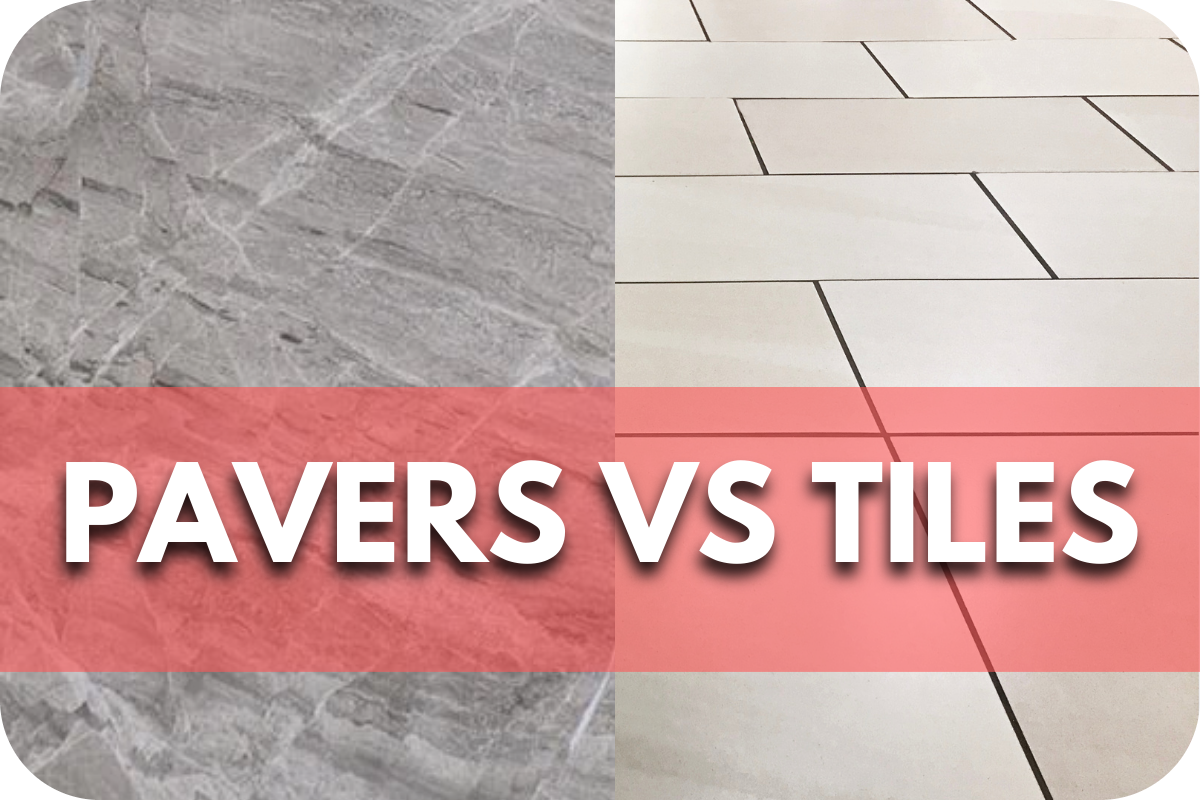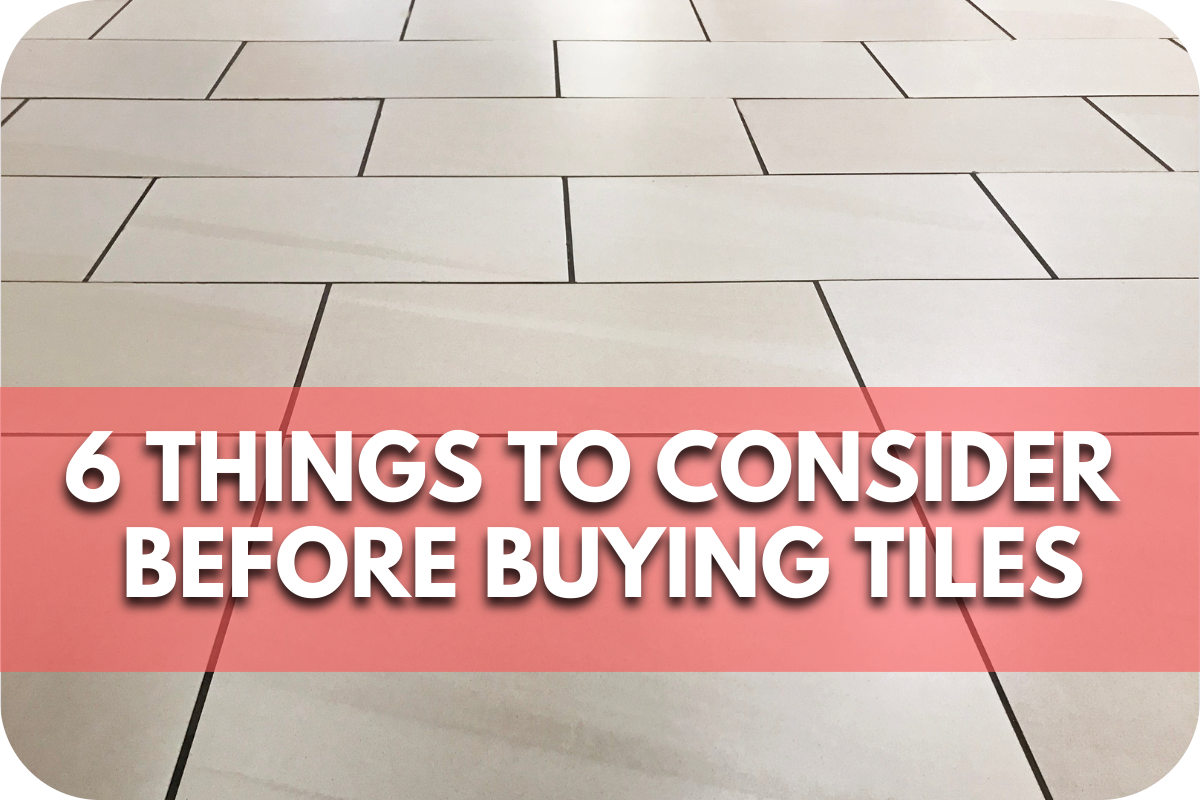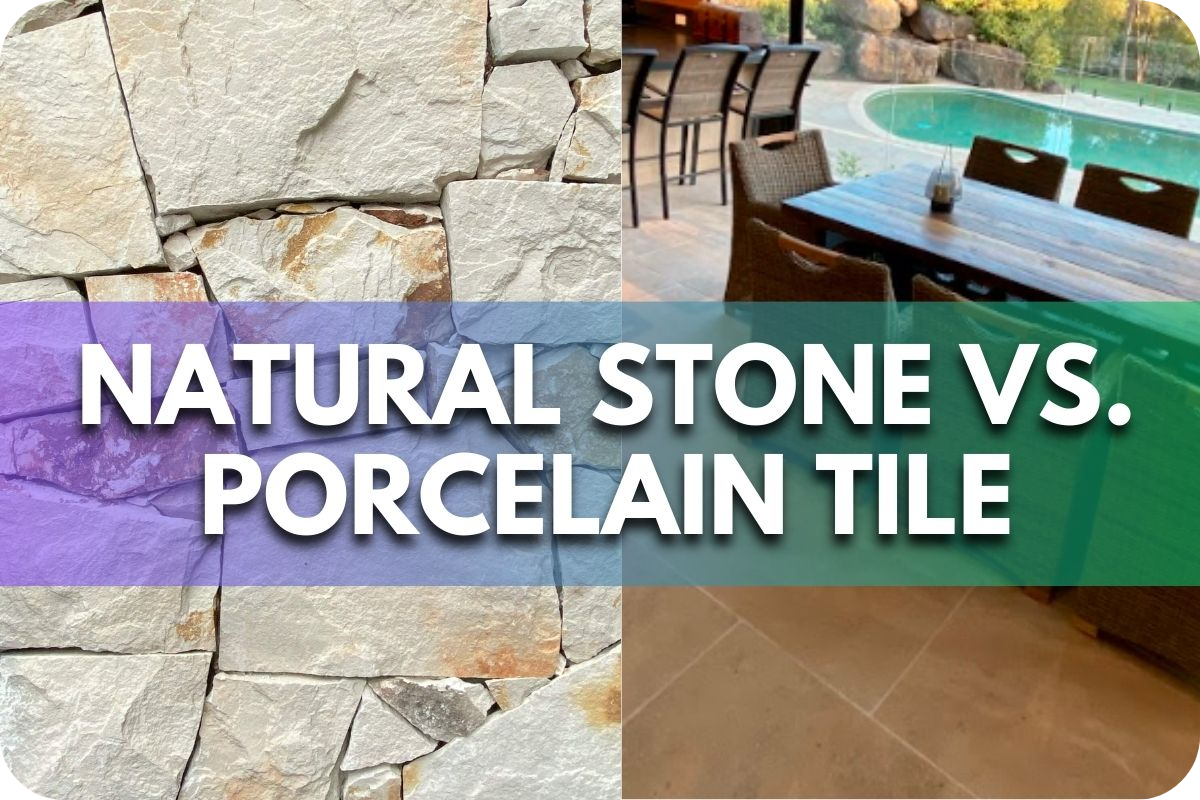Porcelain Tile Durability: Lifespan & Maintenance Guide
Concerned about the durability of your tile flooring?
Many homeowners struggle with tile choices, worried about chips, cracks, and maintenance hassles over time.
Discover the unmatched durability of porcelain tiles in our comprehensive guide. Learn about their lifespan, maintenance tips, and why they are the best choice for both indoor and outdoor applications. Read on to ensure your tiles stay beautiful and resilient for years.
What Makes Porcelain Tiles Durable?
Porcelain tiles are renowned for their exceptional durability, making them popular for residential and commercial applications. The manufacturing process is one key factor contributing to their robustness.
Porcelain tiles are made from dense, refined clay fired at extremely high temperatures, resulting in a harder and more moisture-resistant tile than standard ceramic tiles.
Another aspect of their durability is their low water absorption rate. Porcelain tiles absorb less than 0.5% water, making them highly resistant to staining and frost damage. This characteristic also makes them ideal for areas with high humidity or exposure to water, such as bathrooms and kitchens.
The hardness of porcelain tiles also means they are highly resistant to scratches and wear. This makes them suitable for high-traffic areas where other materials might show signs of damage over time.
Additionally, their surface is often treated to enhance resistance to chemicals and fading, ensuring that the tiles maintain their appearance and integrity for years.
Common Uses and Applications
Porcelain tiles are incredibly versatile, finding applications in various settings due to their durability and aesthetic appeal.
One of the most common uses is flooring. Their resistance to wear and tear makes them ideal for high-traffic areas such as hallways, kitchens, and living rooms. Porcelain tiles are also popular for bathrooms due to their low water absorption rate, which prevents moisture damage and staining.
In addition to flooring, porcelain tiles are frequently used for wall cladding. Their sleek and polished appearance enhances the look of bathroom and kitchen walls, providing a durable and easy-to-clean surface.
They are also used in commercial spaces such as offices, hotels, and retail stores, where durability and a professional appearance are paramount.
Porcelain tiles are suitable for patios, pathways, and pool surrounds outdoors. Their frost resistance and ability to withstand the elements make them a reliable choice for exterior applications. Furthermore, their slip-resistant finishes add an extra layer of safety in areas exposed to water.
With their durability, low maintenance, and aesthetic versatility, porcelain tiles are a smart choice for many residential and commercial applications.
Maintenance Requirements
Maintaining porcelain tiles is straightforward, contributing to their appeal for residential and commercial use.
Their low porosity means they resist stains and moisture, making routine cleaning simple and efficient. Regular sweeping or vacuuming will remove dirt and debris that could scratch the surface.
Mopping with a mild detergent and warm water is sufficient for a deeper clean. Avoid using harsh chemicals or abrasive cleaning tools, as these can damage the tile’s finish.
Periodic sealing is generally not required for glazed porcelain tiles due to their non-porous surface. However, unglazed tiles or those with a polished finish might benefit from occasional sealing to maintain their appearance and enhance stain resistance.
Grout lines between tiles can attract dirt and may require more frequent attention. Cleaning grout with a brush and a gentle cleaner helps keep the entire tiled area looking fresh.
In high-traffic areas, placing mats at entry points can reduce the amount of dirt and grit tracked onto the tiles, further protecting them from scratches and wear.
Preventative Measures for Longevity
Maintaining porcelain tiles is straightforward, contributing to their appeal for residential and commercial use. Their low porosity means they resist stains and moisture, making routine cleaning simple and efficient. Regular sweeping or vacuuming will remove dirt and debris that could scratch the surface.
Mopping with a mild detergent and warm water is sufficient for a deeper clean. Avoid using harsh chemicals or abrasive cleaning tools, as these can damage the tile’s finish.
Periodic sealing is generally not required for glazed porcelain tiles due to their non-porous surface. However, unglazed tiles or those with a polished finish might benefit from occasional sealing to maintain their appearance and enhance stain resistance.
Grout lines between tiles can attract dirt and may require more frequent attention. Cleaning grout with a brush and a gentle cleaner helps keep the entire tiled area looking fresh.
In high-traffic areas, placing mats at entry points can reduce the amount of dirt and grit tracked onto the tiles, further protecting them from scratches and wear.
Addressing Common Issues
While porcelain tiles are known for their durability, they can still encounter some common issues. One of the most frequent problems is chipping. Although porcelain is hard, heavy impacts can cause chips. To address this, ensure the tiles are installed on a stable and even substrate and avoid dropping heavy objects on them.
Cracking can occur if the tiles are not properly installed or the subfloor is uneven. Ensuring a professional installation with the correct adhesive and grout can mitigate this risk. If a tile does crack, it can be replaced without redoing the entire floor.
Grout discolouration is another common issue. Over time, grout can become stained or discoloured, especially in high-traffic areas or wet environments. Regular cleaning with a grout cleaner and periodic resealing can help maintain its appearance.
Slipperiness is a concern, especially in wet areas like bathrooms or kitchens. Choosing tiles with a slip-resistant finish can provide extra safety. For existing tiles, applying an anti-slip treatment can reduce the risk of slips and falls.
Cost-Effectiveness Over Time
Investing in porcelain tiles proves to be highly cost-effective over time. The long-term savings are significant despite a higher initial cost than other flooring materials.
Porcelain tiles are exceptionally durable, reducing the need for frequent replacements. Their resistance to wear, stains, and moisture ensures they maintain their appearance and functionality for many years.
The low maintenance requirements of porcelain tiles also contribute to their cost-effectiveness. Regular cleaning with mild detergents is sufficient, and unlike natural stone, they do not require frequent sealing. This reduces both the time and money spent on upkeep.
Furthermore, porcelain tiles have excellent longevity. When properly installed, they can last several decades without showing significant signs of wear.
This long lifespan means fewer renovations and replacements, saving homeowners substantial costs.
Porcelain tiles are also energy-efficient. Their thermal properties help retain heat during the winter and keep interiors cool in the summer, potentially reducing energy bills.
Conclusion
Porcelain tiles offer unmatched durability, longevity, and low maintenance, making them an ideal choice for any space. Invest in quality and style with porcelain tiles from Splendour In Stone Melbourne. Visit our showroom or contact us today for expert advice and to explore our wide range of premium tiles.






